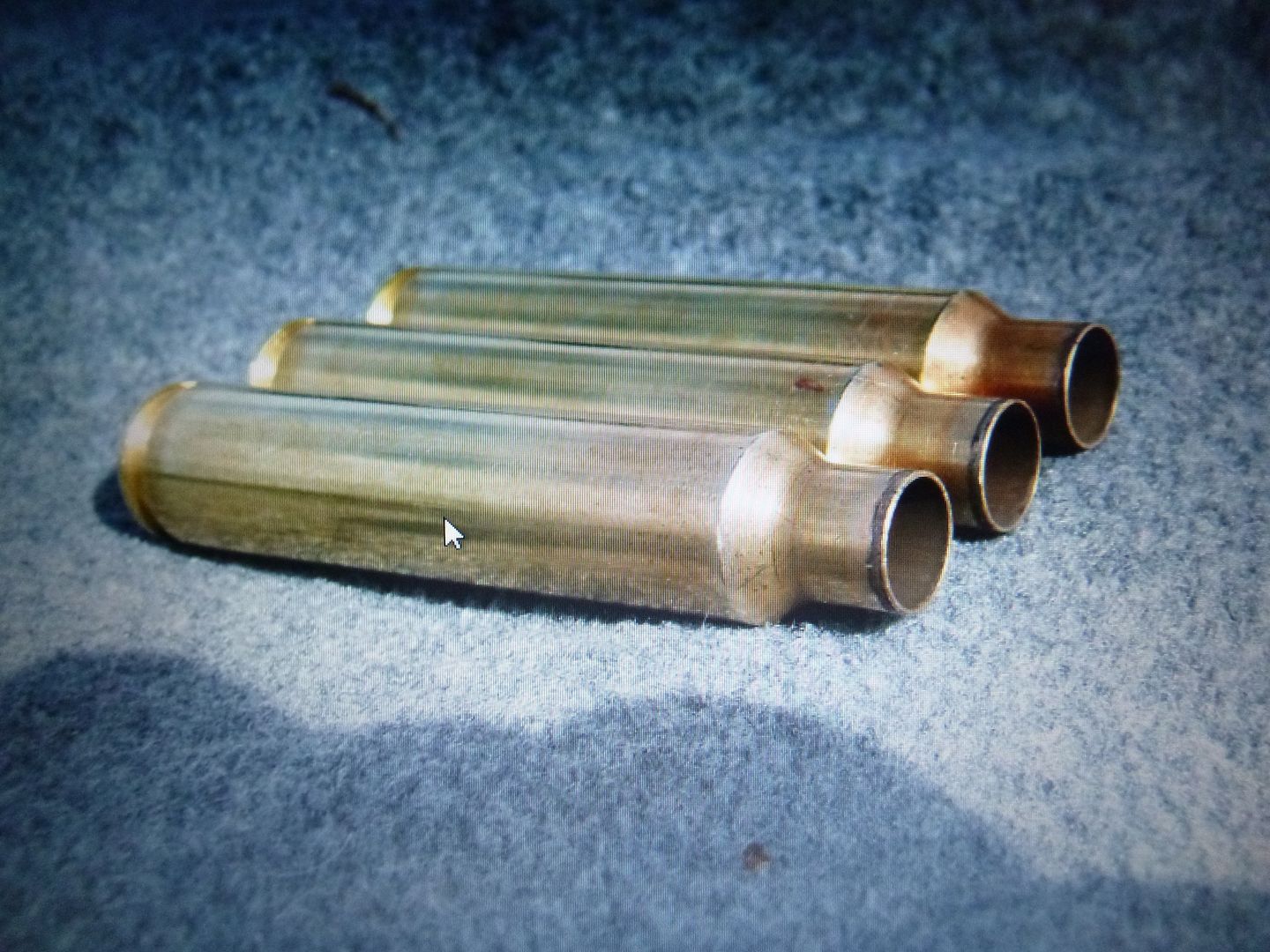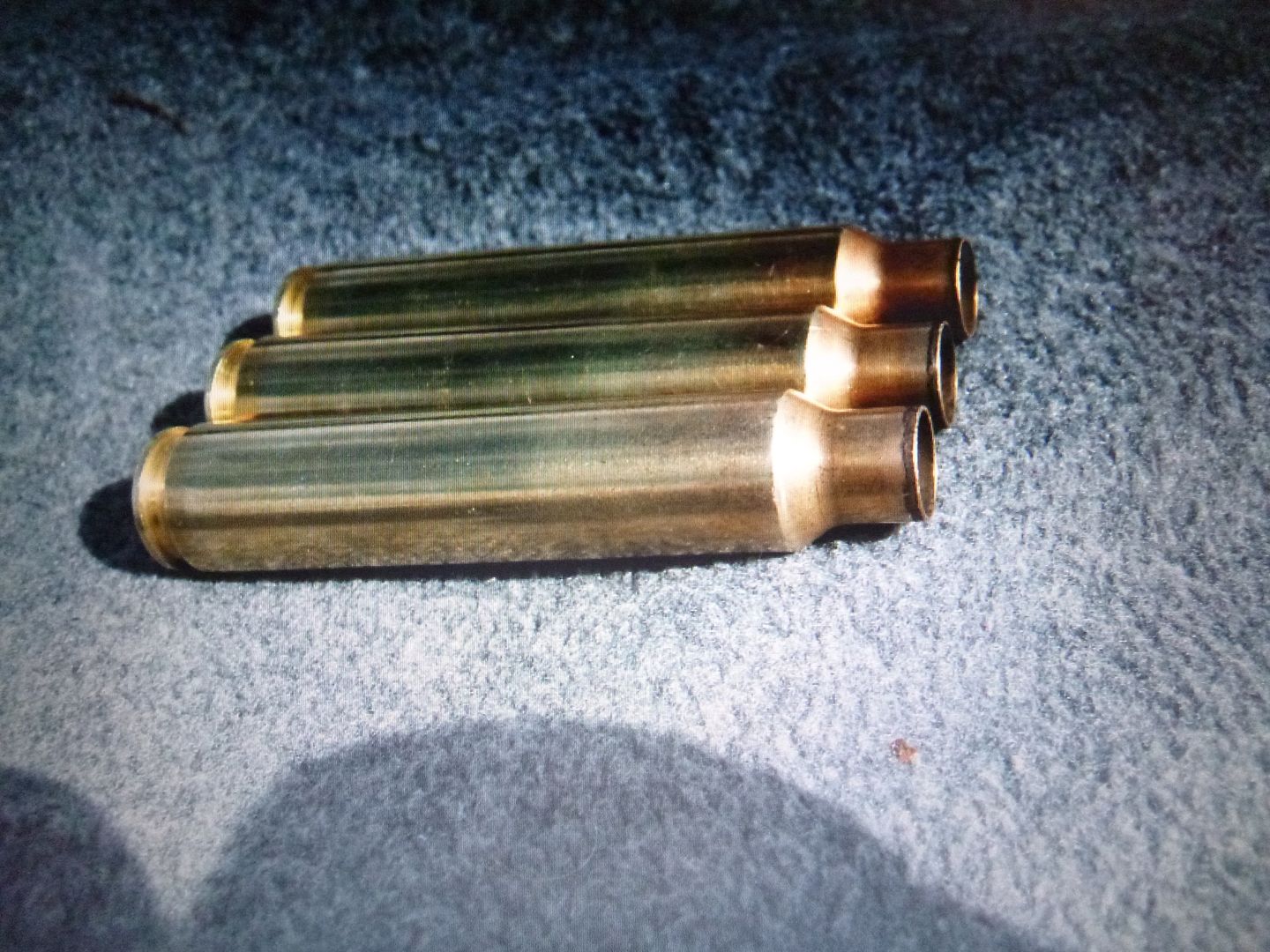I dont if that helps with a data point, and i get sooty necks
where as winny factory dosent seem to get the soot like i do
Welcome guest, is this your first visit? Create Account now to join.
Welcome to the NZ Hunting and Shooting Forums.
Search Forums
User Tag List
+ Reply to Thread
Results 16 to 22 of 22
Thread: Sooty Necks
-
15-08-2013, 04:17 PM #16Member

- Join Date
- May 2012
- Location
- Far North
- Posts
- 4,883
-
-
15-08-2013, 05:36 PM #17Member

- Join Date
- Jul 2012
- Location
- Invervegas
- Posts
- 5,678
I haven't seen you explain what your ladder test is for (so I might be wide of the mark so to speak) but as I understand, ladder tests are only effective beyond 200 yards, inside that the vertical separation of rounds at different velocities or vibration nodes hasn't happened yet . . as I mentioned I shoot mine at about 320 metres.
There is a method for achieving a similar result at 100, its called "Optimal charge weight" or OCW, but I have never really been able to get my head around it.
-
15-08-2013, 08:26 PM #18
Yep, I normally rub off the lube. Or else put it through the tumbler after sizing (I don't always tumble).
Technically it's probably not a 'ladder test' but that's what I call it anyway.Rule 5: Check your firing zone
-
15-08-2013, 08:57 PM #19Caretaker

- Join Date
- Dec 2011
- Location
- Hawkes Bay
- Posts
- 9,594
A big fast bullet beats a little fast bullet every time
-
16-08-2013, 01:18 AM #20Member

- Join Date
- Mar 2012
- Location
- Christchurch
- Posts
- 1,511
I had sooty necks on a 243Rem until I annealed the necks and the sooty effect did not happen again.
-
22-08-2013, 04:13 PM #21Member

- Join Date
- Mar 2012
- Location
- Nelson
- Posts
- 36
I owned a T3 270WSM, amongst other brands, some time ago. It was also inclined to blow soot back over neck, sometimes shoulder. Agree that lowish pressure is a factor, also neck-clearance and throat length. My T3 had a long throat(non-SAAMI spec?) compared to some other makes, as did a Sako 75 I checked. Typically, I would need 3gns more powder to bring velocities up to that clocked by standard throat rifles. It seemed that guide max. loads were a reasonable starting load in my T3.
The cartridge is also prone to neck-splitting and formation of 'dough-nuts' at neck/shoulder joint. I eventually dealt to these issues with the use of a Redding Type S Full-length Bushing Die, adjusted to leave the lower half of neck blown out. A .305 bushing worked well.
Tried 2217, but found I was burning about 5gns more powder than say, N165, for no better performance.
Similar Threads
-
Weird irregularities in necks of fired cases.
By RimfireNZ in forum Reloading and BallisticsReplies: 5Last Post: 06-01-2013, 04:14 PM
Tags for this Thread
Welcome to NZ Hunting and Shooting Forums! We see you're new here, or arn't logged in. Create an account, and Login for full access including our FREE BUY and SELL section Register NOW!!





 3Likes
3Likes LinkBack URL
LinkBack URL About LinkBacks
About LinkBacks



 Reply With Quote
Reply With Quote




Bookmarks